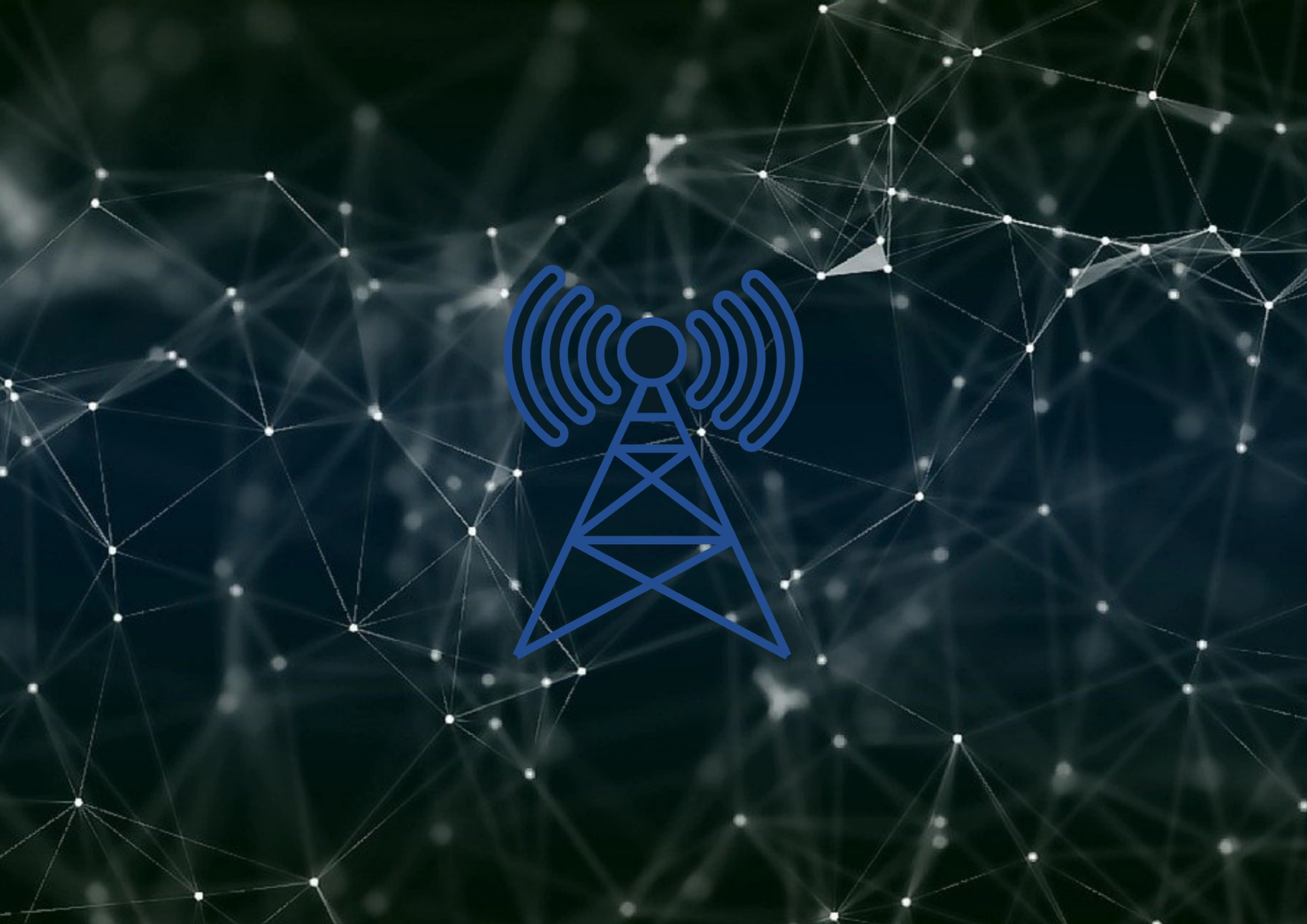The 5G mobile communications standard opens up many new possibilities. Some of them sound utopian, while others are downright breathtaking: The real-time transmission of data gives autonomous driving in particular a real data boost. The homes of elderly people can be equipped with sensors that automatically alert the rescue services after an accident involving this person. Because of these examples, not only German business and politics but also many curious cell phone users are eagerly awaiting the further expansion of the network successor to LTE. But what network infrastructure does the 5G network require and why is the term base station mentioned so often in this context?
5G: What is a base station?
Every mobile network requires fixed radio stations at various locations to ensure network coverage in the country. Cellular antennas are mounted on rooftops and tubular steel towers of buildings. An LTE base station usually contains two cellular antennas. Like LTE, 5G uses multi-antenna MIMO technology so that multiple terminals can be supplied via one frequency band. While 4G MIMO uses the Frequency Division Duplex method, 5G MIMO uses the Time Division Duplex method. 5G’s Massive MIMO achieves higher bandwidth for multiple users at the same location.
A single 5G antenna contains 64 mini-antennas that can be pointed at specific locations. Each base station of 5G is connected to a small data center. Mobile edge computing, or MEC, provides different services to its users at the edge of the existing mobile network.
Why does 5G increase the need for base stations compared to LTE?
While the 3G and 4G mobile communications standards operate on a scattergun principle, the fifth generation of the mobile communications standard uses a new antenna architecture. Quattro drive MIMO involves four transmit antennas located on masts feeding four receive antennas in the terminal in use. Beamforming is when an active antenna can simultaneously broadcast 64 signals from its existing mini-antennas. For the 5G network to work at speed, all of its base stations must be connected to the fiber-optic network.
The smaller lengths of the transmitting waves are the reason why 5G’s signal cannot propagate as far. So 5G needs more antennas to cover an area than LTE.
What are the current expansion plans of the German providers?
According to information from Telekom, 30,000 antennas are already available to its customers in over 3,000 communities and cities. This means that the 5G mobile network already reaches 40 million Germans. Telekom’s next target is to provide two-thirds of the German population with the new mobile communications standard.
Vodafone has already reached its actual annual target. The network operator’s 3,000 antennas are located at more than 1,000 German sites. 10 million people in Germany can be supplied with 5G by Vodafone. The new annual target aims to bring 5G to 15 million Germans.
Network operator Telefonica/O2 currently has 150 base stations and wants to increase this number to 2,000 base stations by the end of 2021. 1&1 Drillisch currently only shares the networks of the other 5G providers.



